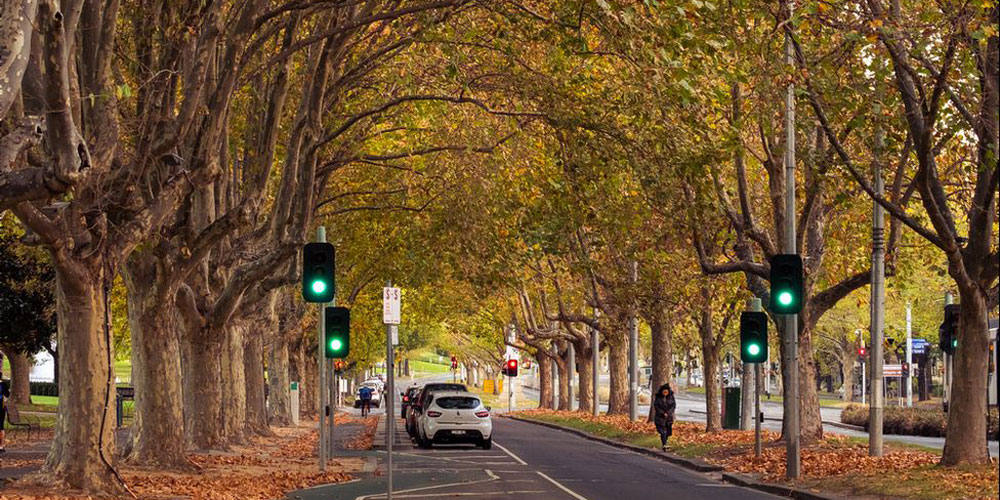Everyone knows trees are valuable, but did you know you can calculate their specific added value to your property?
Having mature trees in your yard or property is usually seen as valuable commodity: trees provide necessary shade for houses, screen unwanted noise or views, protect from erosion, and are pretty to look at. The flip side is that they can block a desirable view, create a leafy mess, cause damage to the home from broken limbs, and roots can damage driveways or underground pipes. So, should you be planting more trees in your yard or paying for their removal?
To get to the bottom of this question, I used the app i-Tree Eco to figure out the value of the 64cm diameter Maple tree in my backyard. It provides overall benefits of $196.00 per year to my property, however there are a much wider range of interesting effects.
Within the course of one year, this maple tree will intercept 8282 litres of storm water runoff on my property, a vital consideration for wet climates that see continual rain as well as semi-dry climates that see occasional flash-flooding. When rain falls, leaves and branches slow down the flow of water to the ground, allowing the roots to absorb more water and act as a filter for water running into our waterways.
As our towns and cities become covered with more concrete and asphalt, it’s incredibly important that trees are planted to help filter water before it ends up in our rivers and lakes. If you’ve ever had a neighbour cut down some trees, you will probably then notice how much more your property fills with water during a rainstorm!
Trees can provide necessary shade for houses, which creates a cooler interior environment. My single maple tree is expected to help me conserve 92 Kilowatt/hours of electricity this year. Even shading cast on concrete and other paved areas is great as it prevents the Urban Heat Island effect; where the sun’s heat is reflected up off the ground.
 This street in St Kilda, Victoria provides a wonderfu canopy
This street in St Kilda, Victoria provides a wonderfu canopy
Evapotranspiration is a combination of evaporation and transpiration. Evaporation is a physical process that transforms liquid water into vapour by absorbing heat. Transpiration is the biological process of plants releasing water vapour through leaves. This water was previously pulled up by the roots from the soil. The significance of describing the two terms together is that both processes result in the movement of water and heat from the land surface to the atmosphere, cooling the surrounding areas as it occurs.
Most of us are aware that trees can provide oxygen to our environment as well as absorb carbon dioxide, creating better air quality. Air pollution continues to be a significant health hazard in many urban areas around the globe, leading to asthma, cancer and other serious respiratory diseases.
Trees absorb numerous toxic chemicals like sulphur dioxide, nitrogen dioxide, and ozone, as well as smaller particles like dust, ash, and smoke, which can get into our homes and lungs. The destruction of forests negatively impacts our overall air quality, but planting even one tree on your property can positively impact your surrounding environment and the quality of air you breath most regularly!
Carbon dioxide is released into our environment in multiple ways, but the most common are vehicles and other forms of transportation. My single maple tree is expected to reduce atmospheric carbon by 314 kilos this year. In comparison, an average mid-size car can generate about 4989 kilos of CO2 per year.
So, one tree doesn’t cut out a person’s entire carbon footprint but planting trees in your yard and encouraging them in the neighbourhood can significantly help absorb CO2 in your environment.
Trees sequester CO2 in their roots, trunks, stems, and leaves as they grow and as we’ve already explored, they help reduce the need for heating and cooling, leading to lower CO2 production in the first place!

This article originally appeared in the Spring 2022 edition of the Salesian Bulletin, which is available now!

